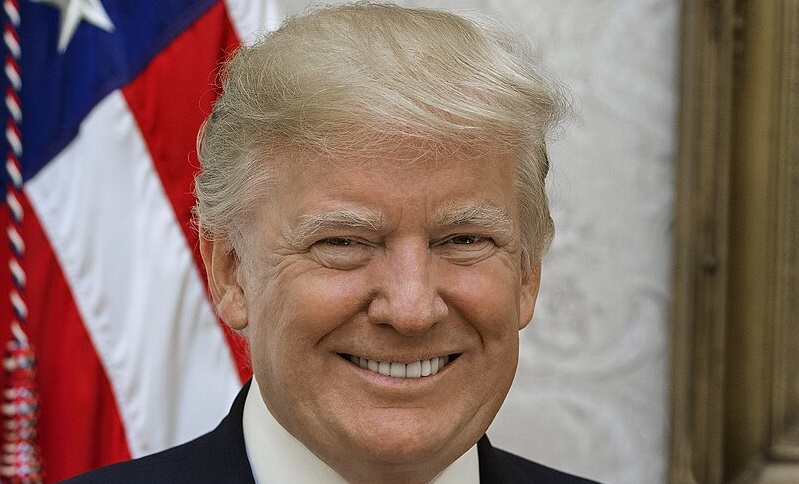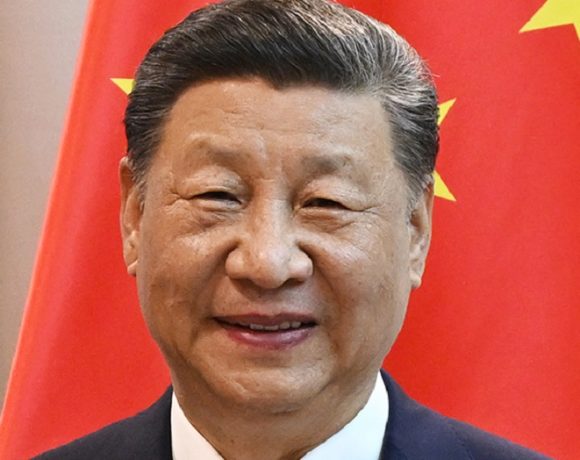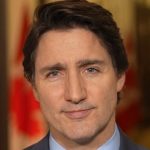
President Trump Announces New Tariffs on Mexico, Canada, and China
President Donald Trump has introduced new tariffs on imports from Mexico, Canada, and China, citing concerns over national security and economic imbalances. The new measures, signed into effect, are set to take effect on February 4, 2025.
Tariff Details and Justification
The latest trade measures include a 25% tariff on all imports from Mexico and Canada, along with a 10% tariff on Chinese imports. Additionally, Canadian energy products will face a 10% tariff. The administration has justified these actions under the International Emergency Economic Powers Act, emphasizing the need to curb illegal immigration and address the growing fentanyl crisis.
Economic Implications
Economists warn that these tariffs could lead to increased costs for American consumers, impacting products such as automobiles, food, and electronics. Estimates suggest that U.S. households may face additional annual expenses exceeding $2,600 due to these trade policies. Critics argue that while the tariffs are intended to safeguard American interests, they could have unintended consequences, including higher inflation and possible retaliation from the affected nations.
Global Response
Canadian Prime Minister Justin Trudeau has indicated that Canada is prepared to respond to these tariffs, suggesting potential retaliatory actions. Meanwhile, Mexico and China have raised concerns over the economic impact of these measures, emphasizing the importance of diplomatic discussions to prevent escalating trade tensions.
As the implementation date nears, businesses and consumers are closely monitoring the situation, preparing for potential economic shifts brought about by these significant changes in U.S. trade policy.


















